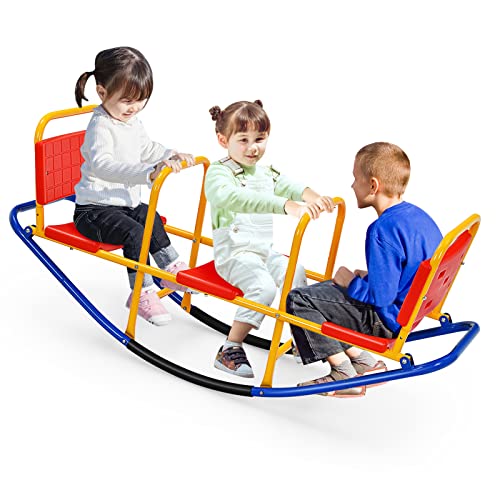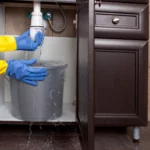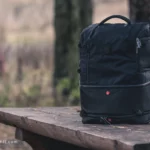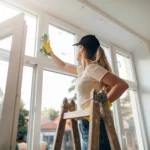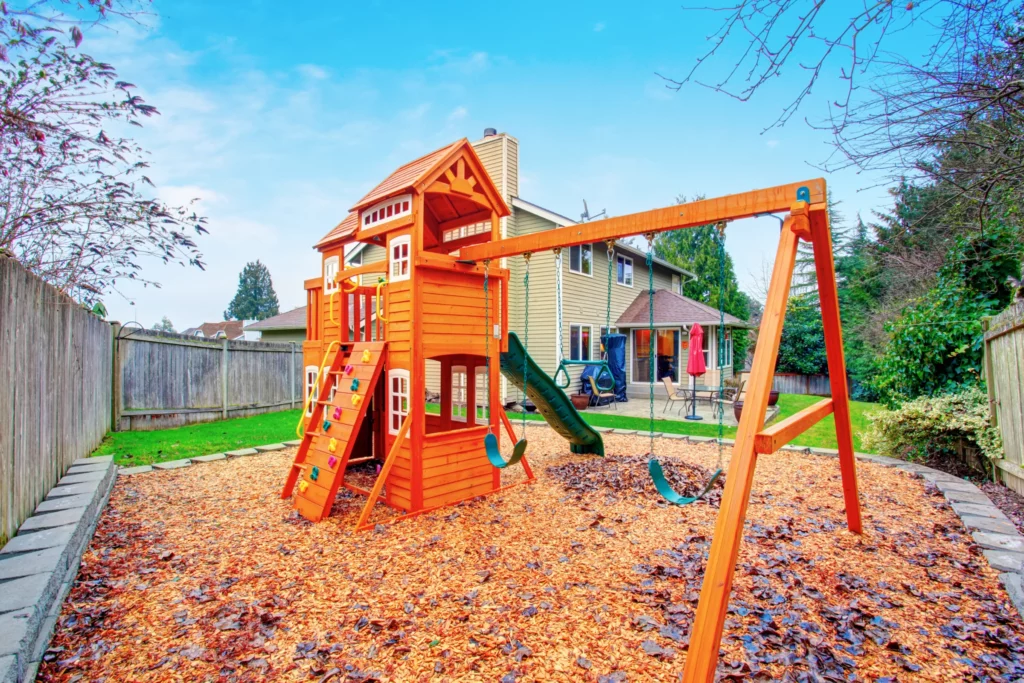
Cleaning Playground Equipment: Easy Steps to be Safe and Clean
This post may contain affiliate links or Google Ads and we may earn a small commission when you click on the links at no additional cost to you. As an Amazon Affiliate, we earn from qualifying purchases. This is at no additional cost to you and helps with our website expenses.
Cleaning playground equipment is a task that often gets overlooked, but it’s crucial for maintaining a safe and healthy play environment for your kids.
From the swings to the slides, to the climbing structures, every piece of your home playground needs regular attention.
Now, you might be wondering, why is it so important? And, how should you go about it?
Don’t worry! I’m going to shed light on why keeping playground equipment clean should be a priority and how to make this chore manageable and effective.
Why Cleaning Playground Equipment Matters
Preventing Accidents with Cleanliness
Safety first, right? Dirty playground equipment can be more than just gross – it can also be a safety hazard.
Imagine your little one climbing on a slide that’s slippery with mold or mildew or attempting to grasp a swing chain slick with old, dried up juice. Yikes!
Sticky surfaces can cause friction burns, while slippery surfaces can lead to falls. Regular cleaning reduces these risks and keeps playtime fun and safe.
The Role of Cleanliness in Health
Aside from the physical accidents, there’s another invisible threat lurking on unclean playground equipment – germs.
Kids aren’t always the best at keeping their hands to themselves. They touch their faces, they touch each other, and they touch the equipment.
Germs can easily spread, leading to colds, stomach bugs, or worse. When we keep the playground equipment clean, we are cutting down on the spread of bacteria and viruses.
Aesthetics: Clean Equipment Invites Play
Let’s not forget the aesthetic aspect. Children, just like adults, are more attracted to a clean, well-kept environment.
Clean playground equipment looks more inviting, encouraging your children to engage in active, creative outdoor play.
Understanding Different Types of Playground Equipment
Now that we understand why cleaning playground equipment matters, let’s dive into how to clean different types of equipment.
This process is not one-size-fits-all, as playground equipment can be made from various materials, each requiring its own cleaning method.
Materials Matter: Plastic, Metal, and Wood
Common materials for playground equipment include plastic, metal, and wood. Each has its strengths, but they all need regular maintenance to stay in top condition.
- Plastic: Durable and easy to clean, plastic is a popular choice for slides and climbers. Warm soapy water usually does the trick. However, plastic can become discolored over time, and harsh cleaners can worsen this.
- Metal: Swings and climbing frames are often made of metal. Rust is the biggest concern here. Regular cleaning and inspection can prevent rust and keep the metal surfaces safe for play.
- Wood: Wood provides a natural, sturdy structure for climbing frames and treehouses. However, it’s prone to rot and pest infestation. Gentle cleaners are best, as harsh chemicals can damage the wood and harm the surrounding plants.
Routine Maintenance Cleaning – The Need for Regular Cleaning
Even if your playground equipment doesn’t appear visibly dirty, it doesn’t mean it’s clean.
Invisible bacteria and germs, as well as tiny particles of dirt and grime, can build up over time. That’s why a routine maintenance cleaning is crucial.
Aim for at least once a month during seasons of heavy use, or more frequently in case of food spills, bird droppings, or after a heavy rain.
Cleaning Different Types of Playground Equipment
Slides and Plastic Climbers
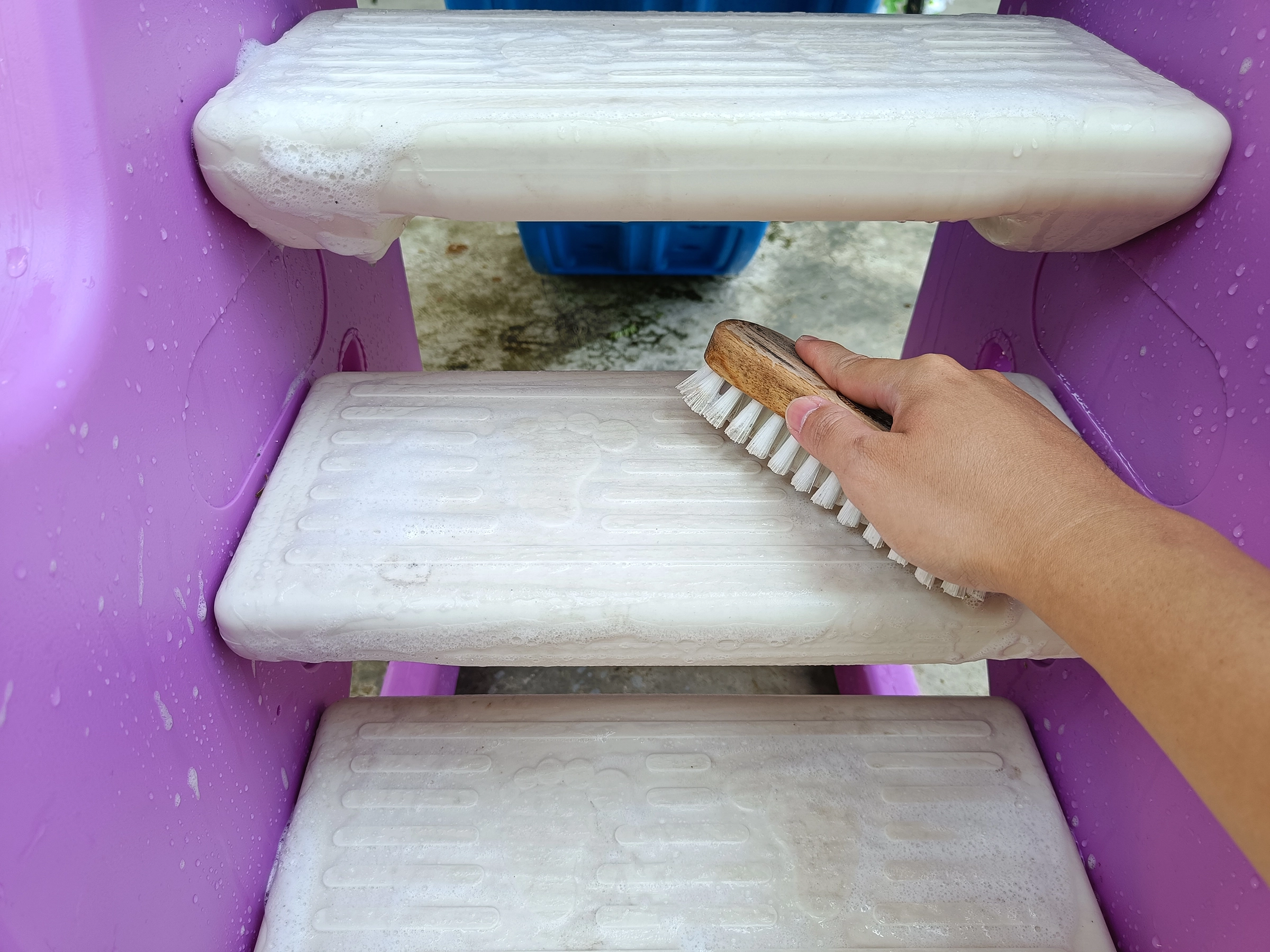
- Step One: Start by hosing off the equipment with water to remove any loose dirt and debris.
- Step Two: Next, prepare a bucket of warm soapy water. You can use a mild dish soap that’s gentle yet effective.
- Step Three: Use a soft scrub brush or a cloth to scrub the surfaces of the slide or climber. Pay particular attention to areas where children’s hands often touch, such as the edges of the slide or the handles of the climber.
- Step Four: Rinse off the soap thoroughly. Any remaining soap can make the surfaces slippery and unsafe.
- Step Five: Dry off the equipment with a clean towel or let it air dry before use.
Metal Swings and Frames

- Step One: Use a hose to rinse off any loose dirt or grime.
- Step Two: Prepare a solution of warm water and a gentle dish soap.
- Step Three: With a scrub brush, clean the surfaces of the swings and the frame, paying extra attention to the chains and the area where the chains attach to the seat. These areas can be breeding grounds for germs.
- Step Four: Rinse thoroughly and dry off with a clean towel or allow it to air dry.
Remember to regularly check for rust spots on the metal parts. If you find any, use a wire brush to scrub away the rust, then apply a rust-resistant outdoor paint to protect the area.
Wooden Structures
- Step One: Remove any loose debris or dirt with a soft brush.
- Step Two: Mix a solution of 10 parts water and 1 part white vinegar. This is an effective yet gentle cleaner that won’t harm your wood or the environment.
- Step Three: Scrub the wood with your vinegar solution using a soft brush.
- Step Four: Rinely thoroughly with a hose and allow the structure to air dry.
Every couple of years, consider sealing your wooden playground equipment with a non-toxic sealant to protect it from moisture and prevent rot.
Recommended Products for Routine Cleaning
For routine cleaning, choose gentle yet effective cleaners. A mild dish soap like Dawn is a great all-purpose choice that’s safe for all your playground equipment.
| Preview | Product | Rating | Price | |
|---|---|---|---|---|

|
Dawn Powerwash Spray Starter Kit, Platinum Dish Soap, Fresh Scent, 1 Starter Kit + 1 Dawn Powerwash… |
$8.44 |
Buy on Amazon |
For a natural option, white vinegar mixed with water can also be a great cleaner, especially for wooden structures.
In the case of rust on metal equipment, a rust-resistant outdoor paint like Rust-Oleum can help prevent further rusting after you’ve removed the initial rust with a wire brush.
Handling Food Spills and Accidents
Children love snacks, and snacks have a sneaky way of finding themselves all over the playground. Unfortunately, food spills can attract pests and create a breeding ground for bacteria. But don’t worry, here’s a simple guide to help you clean up those messy moments.
Cleaning Food Spills
- Step One: Remove any solid waste with a paper towel or disposable cloth.
- Step Two: Rinse the area with warm water.
- Step Three: Scrub the area with a mixture of warm water and dish soap. You could also use a mixture of 1 part white vinegar to 2 parts water for a natural solution.
- Step Four: Rinse the soap or vinegar solution away thoroughly.
- Step Five: Dry the area with a towel or let it air dry.
Cleaning Other Accidents
For messes that are a bit more, well, “yucky” (think bird droppings or a child’s accident), you’ll want to take a few extra steps to ensure a deep clean.
- Step One: Remove solid waste using a disposable glove and bag. Dispose of the waste properly.
- Step Two: Rinse the area with water.
- Step Three: Prepare a solution of 1 part bleach to 10 parts water. This will help to kill any lingering bacteria or viruses.
- Step Four: Apply the bleach solution to the area and let it sit for at least 10 minutes.
- Step Five: Rinse the area thoroughly and let it air dry.
Recommended Cleaning Products
When it comes to cleaning up food spills or other accidents, a few handy items can make the process easier:
- Dish Soap: Good old-fashioned dish soap can be used to clean a variety of messes.
- White Vinegar: For a natural alternative, mix 1 part white vinegar with 2 parts water.
- Bleach: For deeper cleans (like after an accident), a bleach solution can help ensure that any lingering bacteria or viruses are killed.
Remember, the key is to act fast and clean thoroughly. A clean playground isn’t just about looking nice – it’s also about ensuring a safe and healthy play environment for your kids.
Disinfecting Playground Equipment
While regular cleaning goes a long way in maintaining playground equipment, occasional disinfection can add an extra layer of safety, especially during flu season, a local outbreak of a contagious illness, or when the playground has been exposed to various bacteria or viruses.
Natural Disinfection Method
White vinegar is a natural disinfectant that can be used safely on all playground surfaces. Here’s how you can use it:
- Step One: Mix equal parts white vinegar and water in a spray bottle.
- Step Two: Spray the solution generously on the playground equipment. Make sure to cover all the high-touch areas like swing chains, handles, and railings.
- Step Three: Let the vinegar solution sit on the surfaces for about 15 minutes to allow it to disinfect.
- Step Four: Rinse thoroughly with water to ensure no vinegar remains that could attract insects.
- Step Five: Dry off with a clean towel or allow it to air dry.
Standard Disinfection Method
For a more thorough disinfection, a bleach solution can be used. However, it should be used sparingly to avoid damage to the equipment and to the environment.
- Step One: Prepare a solution by mixing 1/4 cup of bleach with 1 gallon of water. Always wear gloves when handling bleach.
- Step Two: Apply the solution to the equipment using a spray bottle or a cloth. Be sure to cover all surfaces, paying particular attention to high-touch areas.
- Step Three: Allow the bleach solution to sit on the surfaces for at least 10 minutes. This is the time it typically takes for the solution to disinfect.
- Step Four: Rinse the equipment thoroughly with water to ensure no bleach residue remains. Bleach residue can be harmful to children and pets.
- Step Five: Dry the equipment thoroughly or let it air dry before use.
Remember, while disinfecting can help to kill bacteria and viruses, it’s not something that needs to be done daily unless there’s a specific risk you’re addressing. Disinfecting too often can lead to damage of the playground materials over time and can affect the natural balance of bacteria, not all of which are harmful.
Safety first: Always keep children and pets away while you are disinfecting the playground equipment, and ensure it’s thoroughly rinsed and dried before letting them play again.
The Health Impact of Cleaning Playground Equipment
Clean playground equipment has a profound impact on children’s health – both physical and emotional.
Physical Health Benefits
Physically, keeping playground equipment clean reduces the risk of illnesses. Dr. Aaron E. Carroll, a pediatrician and author of “The Bad Food Bible,” points out that “Playgrounds, in general, are repositories of germs.
Kids often have snotty noses and worse. They touch everything and then touch each other.” By cleaning playground equipment regularly, we can decrease the spread of germs, reducing the likelihood of common illnesses like colds and stomach bugs.
Emotional Health Benefits
On the emotional side, clean playground equipment contributes to a more enjoyable playtime. According to the environmental psychologist, Dr. Sally Augustin, “When an environment is well-maintained, people feel more comfortable and can enjoy their time more.”
Clean, well-kept playgrounds can thus lead to more positive play experiences, fostering creativity, and building confidence.
Wrapping Up Cleaning Playground Equipment
In summary, keeping children’s playground equipment clean is a simple action with significant benefits. It keeps the play area safe, reduces the spread of germs, and contributes to a more enjoyable playtime.
The responsibility may seem a bit daunting, but as we’ve seen, with some routine care, the right cleaning products, and a little bit of time, it’s easily achievable.
So, why not make playground cleanliness part of your regular home maintenance? Your children’s health and well-being are worth it!
Remember, a clean playground is a fun and safe playground. So, let’s get cleaning and keep the fun rolling!


